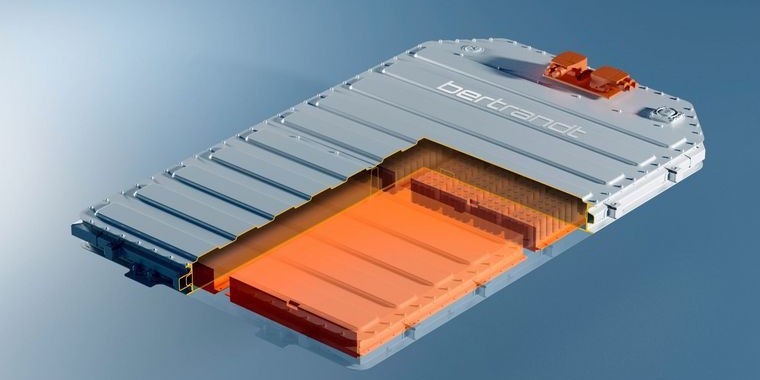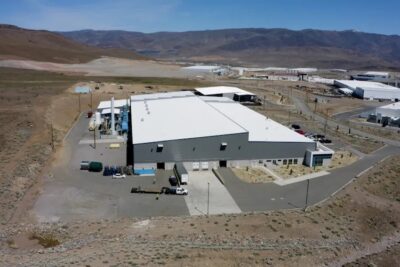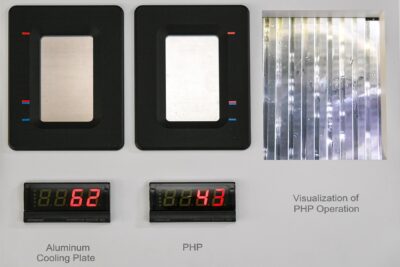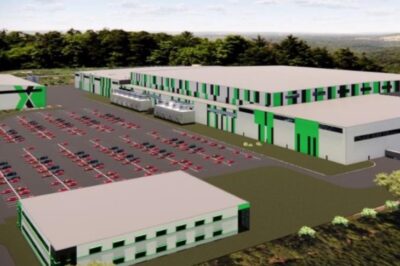Bertrandt & Voelstalpine co-develop battery platform
The development service provider Bertrandt and Voestalpine Stahl have jointly developed a scalable battery platform with steel housing. This is now available to car manufacturers and system suppliers.
The “Bertrandt Scalable Battery Platform powered by Voestalpine”, as the new development is officially called, can be easily and efficiently adapted to different battery sizes with its steel housing, Bertrandt wrote. Moreover, the steel housing as the central element takes over several functions, such as crash resistance and fire safety to protect the battery cells, weight optimisation through a suitable steel mix, and the economic efficiency of the steel concept.
The platform, which complies with the ECE-R100 standard, should integrate various battery modules and electronic components. To be able to “realise a high degree of project-specific solutions” simultaneously – i.e. to be able to adapt the battery housing to as many batteries and vehicles as possible – steel was chosen as the ideal material.
Among the advantages of steel compared to aluminium, Bertrand points out that steel construction can be made much more compact with the same stiffness and strength. “It, therefore, makes more efficient use of the installation space and increases the energy density of the battery system,” the company writes. “What is more, steel can be recycled many times without any loss of quality.”
Different types of steel are used in the process. For example, dual-phase steels are used in the lid of the housing, and the crash structure consists of complex-phase steels, the cooling plates of mild steels and the C-profile of a complex-phase steel High Ductility.
Due to the special design, the battery housing has only one weld seam, which should reduce the risks with regard to tightness. The steel and the roll-rolled profiles come from Voestalpine Stahl GmbH, a subsidiary of the Steel Division of Voestalpine AG. “In Voestalpine, we have found the ideal partner to implement our idea,” says Matthias Medger, Head of Technical Sales and Solutions eMobility at Bertrandt.
Andrea Tuksa, Technical Customer Service at Voestalpine Stahl, cites another advantage of the steel housing: The production of the steel components for the housing causes about one-eighth of the CO2 emissions of aluminium.
Bertrandt and Voestalpine Stahl are not the first to use steel for battery housing. In June, the engineering specialist IAV presented its battery concept, which also relies on steel in the housing; here primarily for sustainability reasons.





0 Comments